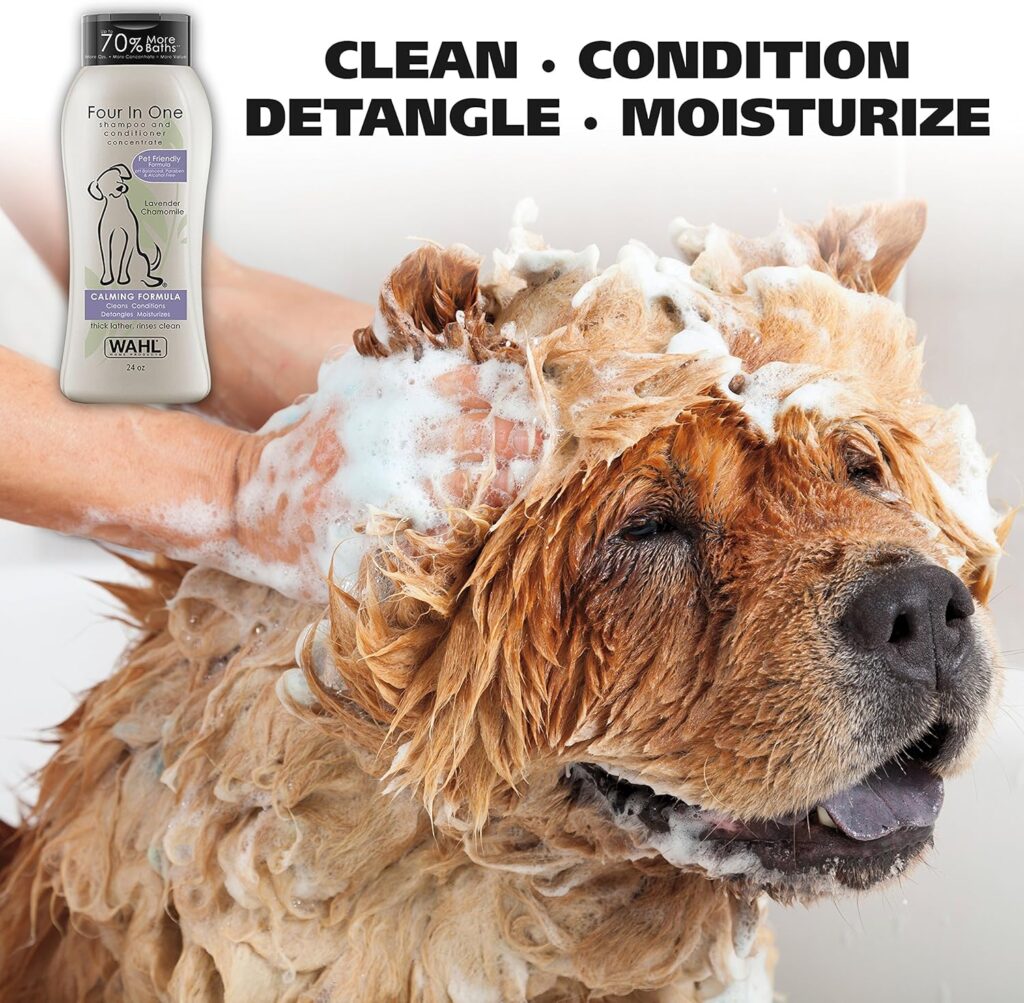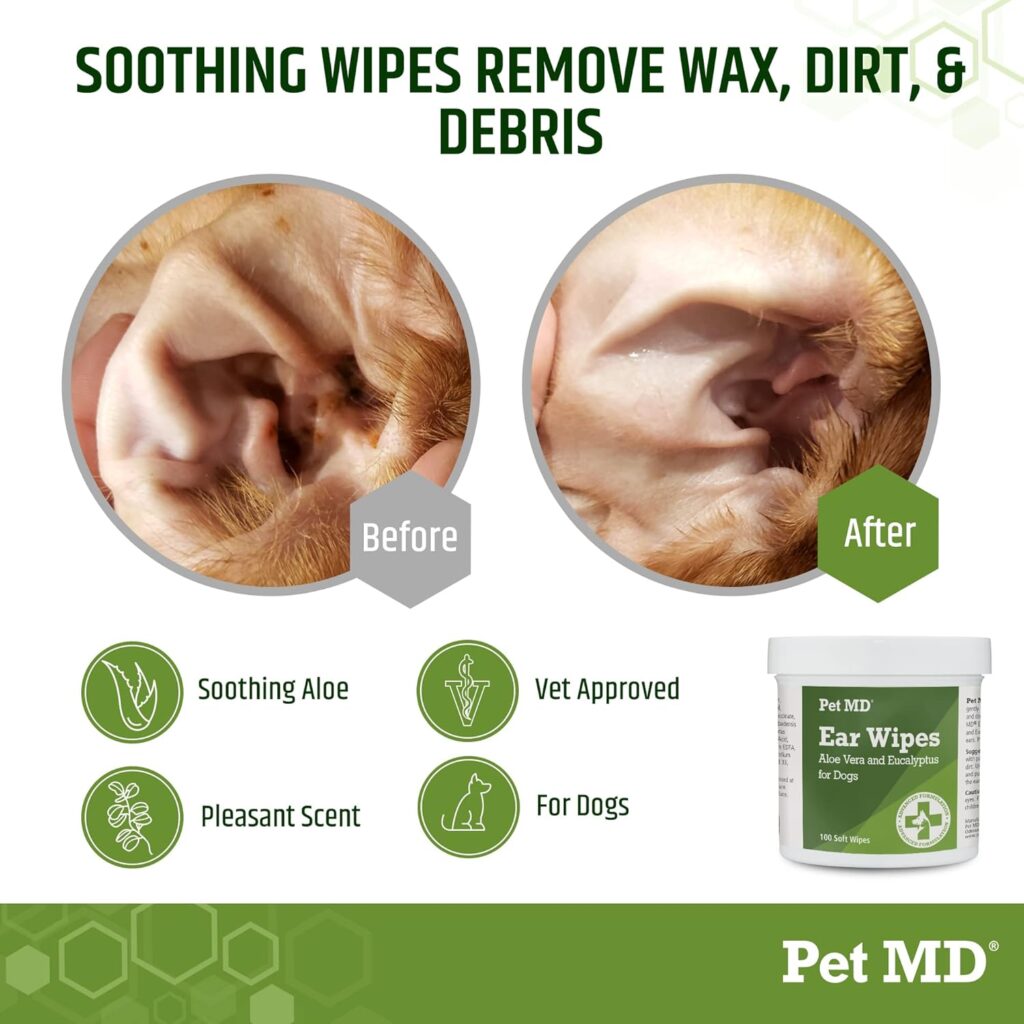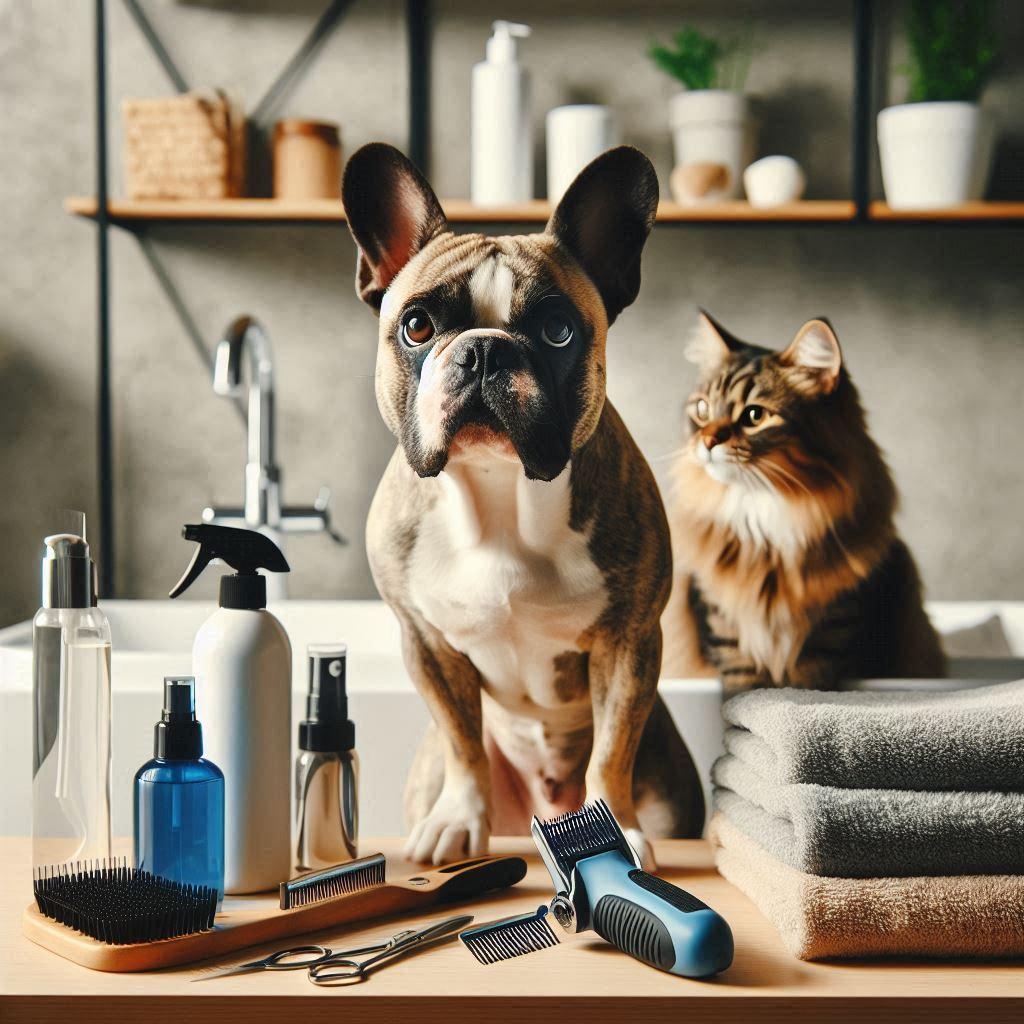What are essential pet grooming products? Checkout Now
How often should I groom my cat or dog? Read more
What are the best pet grooming tools for shedding? Read more
Regular grooming isn’t just a luxury for pets—it’s a necessity that promotes their overall health and well-being. A good grooming routine helps maintain a healthy coat and skin, reduces shedding, prevents mats, and allows you to check for any skin issues.
What are essential pet grooming products?
Brushes and Combs



Slicker Brush
A slicker brush is a staple in pet grooming, especially for medium- to long-haired pets. It has fine, short wires close together that effectively remove loose hair, dirt, and tangles. Slicker brushes are also great for preventing mats in thicker-coated pets.
Deshedding Tool
For heavy-shedding pets, a deshedding tool, like the FURminator, is incredibly helpful. These tools reach deep into the undercoat to remove loose, dead hair, minimizing shedding and keeping the coat healthier.
Undercoat Rake
An undercoat rake is perfect for pets with dense undercoats, like Huskies and Golden Retrievers. The long, widely spaced teeth penetrate the undercoat without damaging the topcoat, removing dead fur and preventing mats.
Wide-Tooth Comb
This comb is ideal for long-haired pets or those with thick coats. It helps detangle knots and works well in areas prone to matting, like the neck, behind the ears, and tail.

Grooming Gloves
Grooming gloves are a fantastic tool for pets that may dislike brushes. They allow you to gently groom while petting your pet, which can be especially helpful for short-haired pets. These gloves have rubber tips that catch loose hair, making grooming feel like a gentle massage.
Pet Nail Clippers or Grinders
Nail Clippers
Keeping your pet’s nails trimmed is essential to prevent overgrowth and discomfort. Guillotine-style and scissor-style clippers are both common choices. Scissor-style clippers are generally easier for beginners and work well for both cats and dogs.


Nail Grinder
For pets that are sensitive to clippers, a nail grinder offers a less intimidating option. Grinders use a rotating file to gradually shorten the nails, leaving a smooth edge. Brands like Dremel make pet-specific grinders that are quiet and safe.
Shampoos and Conditioners
Pet-Safe Shampoo
Regular baths keep your pet’s coat clean, reduce odor, and remove dirt. Choose a pet-safe shampoo designed for your pet’s skin type and coat. Options range from hypoallergenic and sensitive skin formulas to shampoos designed to reduce shedding.


Conditioner or Detangler
Conditioners are particularly beneficial for long-haired pets or those prone to matting. They add moisture to the coat, making it easier to brush out tangles after bathing. Detanglers are also great for breaking up mats and knots without causing discomfort.
Ear Cleaning Solution
Ear cleaning is an important but often overlooked part of grooming. Pets with floppy ears or those prone to ear infections benefit from regular ear cleaning to prevent buildup and infection. Use a vet-approved ear cleaning solution and avoid using cotton swabs directly in the ear canal.

Toothbrush and Pet Toothpaste
Dental hygiene is crucial for preventing plaque buildup, gum disease, and bad breath. Use a pet-specific toothbrush and toothpaste, as human toothpaste can be harmful to pets. Aim for regular brushing to keep their teeth clean, or consider dental chews as an additional option.

Grooming Scissors and Trimmers
For pets with long coats, grooming scissors help to shape and trim areas around the eyes, paws, and sanitary regions. Thinning shears and curved scissors are especially useful for a polished finish. Electric trimmers can also be helpful for trimming thicker coats or sensitive areas.
Pet Wipes
Pet wipes are convenient for quick clean-ups between baths, especially if your pet gets dirty during walks. They’re also useful for cleaning paws, ears, and face areas. Look for hypoallergenic, fragrance-free wipes that are safe for pets with sensitive skin.

Grooming Table or Mat
A grooming table provides a stable, elevated surface that makes grooming easier and safer, especially for larger pets. For home use, a non-slip grooming mat on a counter or table can work well and prevent your pet from sliding.
Pet Hair Vacuum or Lint Roller

For pet owners, managing fur around the house can be challenging. Pet-specific vacuum attachments are designed to pick up pet hair from furniture and floors. Lint rollers or pet hair removers are also helpful for quick cleanups on clothes, furniture, and car seats.
Flea and Tick Prevention Products
If your pet spends time outdoors, flea and tick prevention is a must. Flea combs can be used during grooming sessions to catch fleas, while flea and tick shampoos provide an additional layer of protection. Regular use of preventive treatments is essential for their health.
How Often Should I Groom My Cat or Dog?
The ideal grooming frequency for your cat or dog depends on several factors, including their coat type, shedding patterns, lifestyle, and individual needs. Regular grooming promotes skin health, prevents matting, reduces shedding, and strengthens the bond between you and your pet.
Short-Haired Breeds
- Examples: Beagles, Boxers, Bulldogs
- Recommended Grooming: Once a week
- What’s Needed: Slicker brush, rubber grooming glove, and the occasional bath
Short-haired dogs are generally low-maintenance when grooming, as they shed minimally and rarely develop mats. Brushing once a week helps remove loose fur and keeps their coat looking shiny. Use a rubber grooming glove or a soft-bristle brush for this. Bathing should be done every 4–6 weeks or as needed, depending on their activity. READMORE
Conclusion
Equipped with these grooming essentials, you can keep your pet’s coat, nails, teeth, and skin in great shape. Regular grooming not only makes them look their best but also contributes to their overall health, reducing the risk of common skin issues, infections, and discomfort. The right tools can make grooming easy, enjoyable, and a bonding experience that both you and your pet will appreciate.

